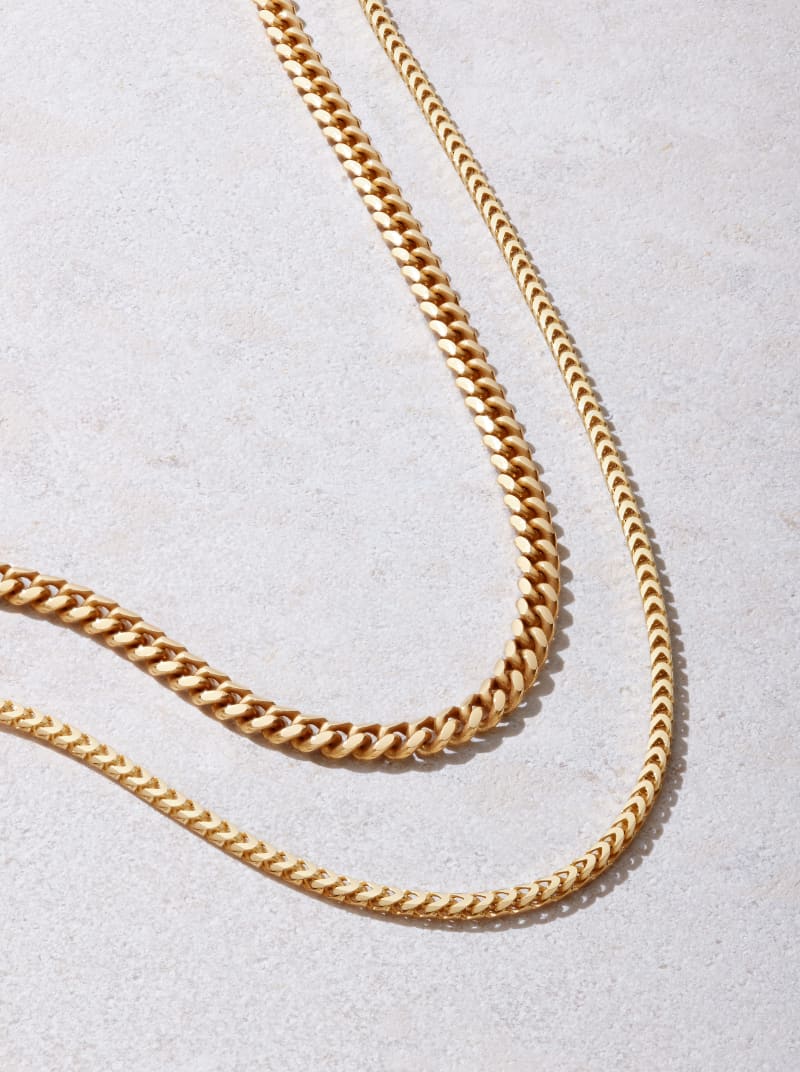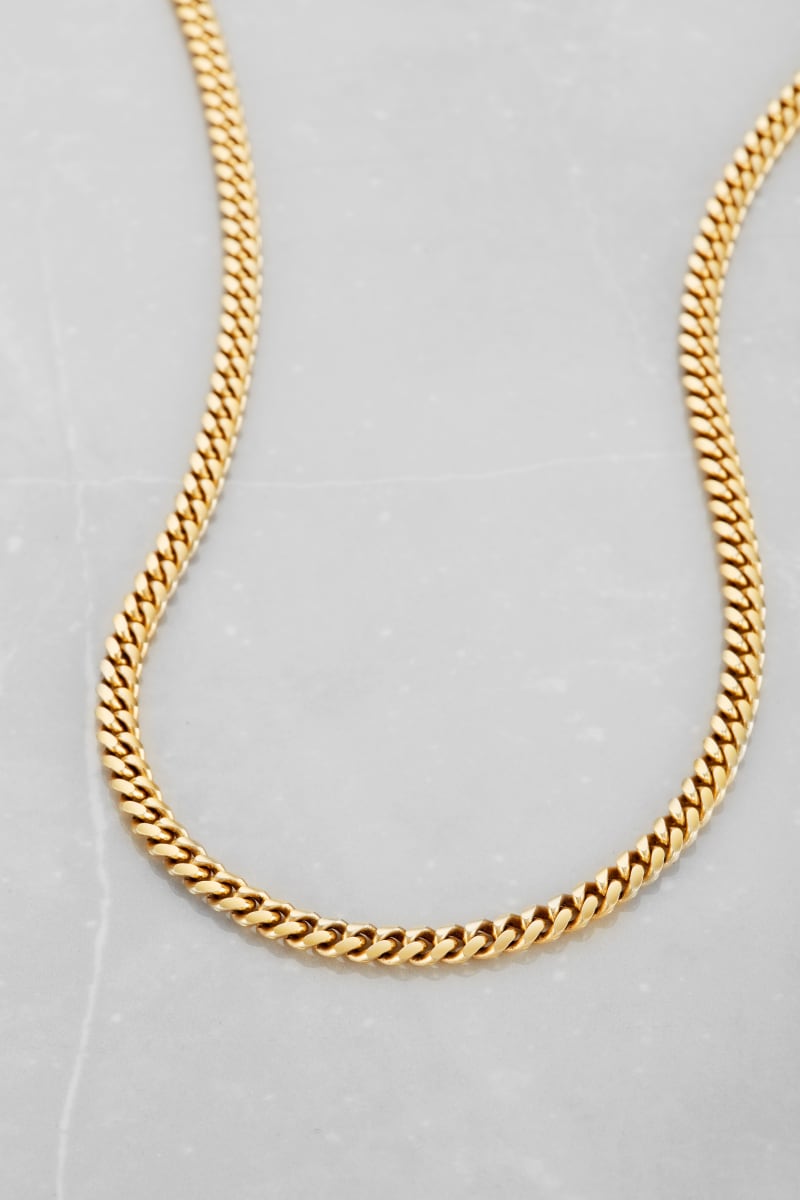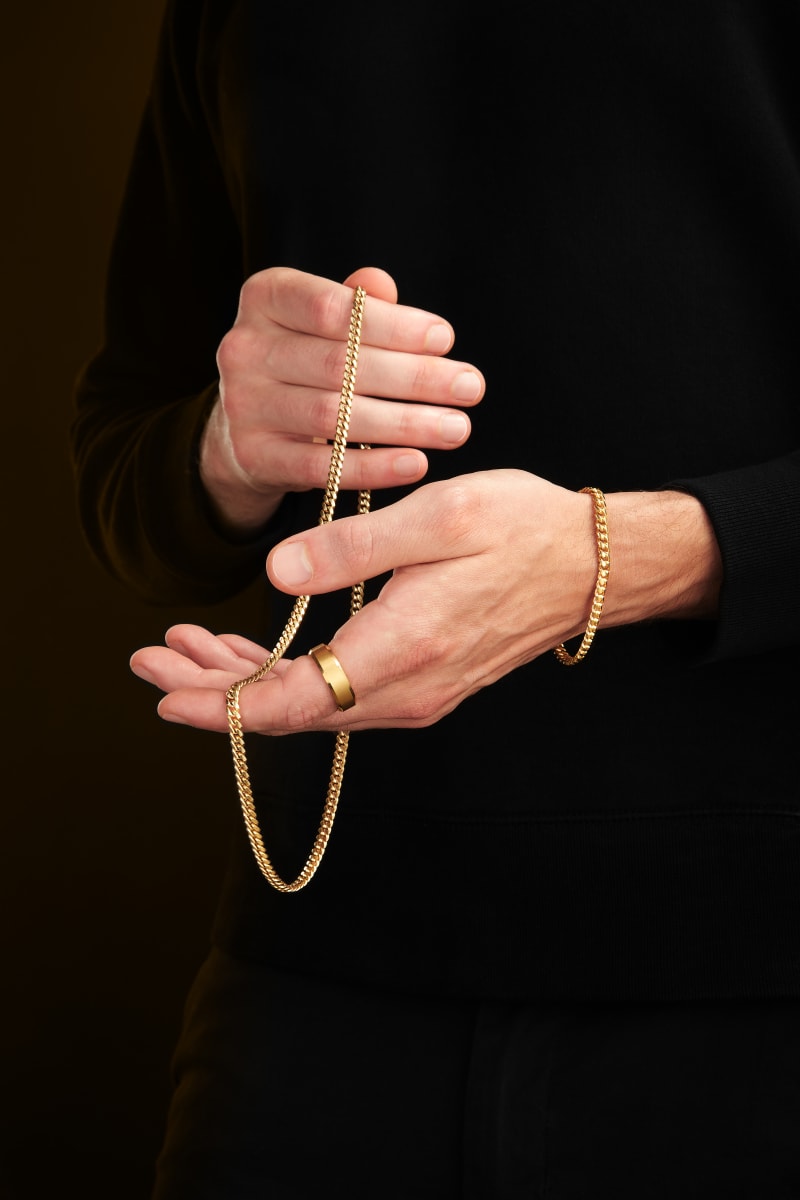If you’re shopping for gold, you might be wondering if all gold is the same. What do karats mean? It’s shiny, it’s valuable, and it looks great in any setting—gold is gold, right? Not exactly! There’s a lot more to this precious metal than meets the eye, and you ought to know more about the types of gold jewelry before you spend money on your next bracelet, necklace, or gold ring.
In this article, we’re going to talk about caratage, also called purity or fineness, with respect to gold jewelry. This info will help you navigate the jewelry market with more insight and confidence, protecting your investments and giving you the best value for your money.
Specifically, we’ll be talking about 10K VS 14K gold since these are two of the most popular compositions for gold jewelry in the United States and beyond. If you’re weighing your options and need a bit of guidance, start taking notes! We’re here to make sense of it all right now.
What is Caratage?
It’s a fancy word, but the explanation is easy. Caratage simply means the percentage of pure gold that goes into the composition of a piece of gold jewelry. You might hear references to purity, fineness, grade, or other terms that all refer to the same concept.
With a slightly different spelling, the word karat is used specifically in reference to purity, while carat tends to refer to the size of a gemstone like a diamond. A simple way to think about caratage in the context of gold jewelry is to see it as “parts.” 24K gold indicates 100% pure gold composition, with no other metals involved. This means that 10K gold is ten parts gold, 14 parts other alloyed metals, while 14K gold is only ten parts other metals. When using percentages, you end up with wonky numbers to describe composition. 10K gold equates to 41.7%, while 14K equates to 58.3%. For that reason, we prefer to stick with tradition and use thegold karat system.
What are Alloys?
If the composition of 10K and 14K jewelry is slightly more or less than 50% real gold, what other alloyed metals are used to fill out the rest of the piece, and why does this matter?
Alloys are a big part of jewelry making and can be an important factor in choosing between 10K and 14K gold pieces. A wide array of different metals are used in modern alloys, ranging from affordable materials like copper and nickel to pricier options like silver and palladium. It’s always worth doing some digging to figure out exactly what your jewelry is made from, whether it’s 10K, 14K, gold-filled, or gold-bonded.
Alloys will determine the price you pay for a piece of jewelry, influence the weight and durability of the item, and even impact the value it holds over time. The purity of gold also helps determine which jewelry it’s best for. The higher the karat, the softer the gold.
10K VS 14K Gold
We’re back to our original question. What’s the difference between 10K and 14K gold? We’ll break it down for you.
- 10K Gold:
- Ten parts pure gold mixed with 14 parts other metals. When you buy a piece of fine jewelry that’s made of 10k gold, approximately 41.7% of the piece is made of pure gold.
- This is an affordable and strong gold but may trigger allergies, especially on sensitive skin.
- 14K Gold
- Fourteen parts gold mixed with 10 parts other metals. The specific metals used in this type of gold vary depending on the gold’s color. When you buy a 14k piece of jewelry, 58.3% of the piece is made of pure gold.
- Still affordable but more expensive than 10K gold, yet it still has a better blend of durability, purity, and color for the price.
Pure Gold
Now that you know more about how gold purity is determined, you might wonder why wouldn’t you go for 24K gold? You want real gold, you want a solid gold chain or ring, so why not choose 24K? Well, while 24K gold is pure and 100% gold, it is very soft and not often used for jewelry. It’s also a very bright yellow color and may not pair well with other gold jewelry. Adding an alloy like copper, iron, silver, zinc, or nickel makes it more affordable and much more durable, and suitable for daily wear.
Yellow VS White Gold
You might be thinking about yellow gold as we discuss caratage and alloys, but these materials have an effect on the color of the final product as well. While yellow gold is typically an alloy of silver and copper, popular variations like white gold and rose gold vermeil rely on different alloys to achieve those distinctive looks. White gold, for instance, will include higher percentages of silver or sometimes palladium, while rose gold will use more copper to get that reddish tint. Always look beyond the 10K or 14K mark and make sure you’re getting the color and composition you want from your jewelry.
Which is Better?
It shouldn’t be a surprise that the price tag on a 14K gold piece will be higher than the 10K alternative. You get more than 15% more pure gold when opting for the 14K option, and the alloy materials also tend to be of a higher quality. Make sure to read up on how to tell if gold is real before you buy so that you can ensure you’re not overpaying for a fake gold piece.
For many jewelry aficionados, purity is the key factor in their decision process, and simply having that 14K marking is worth the price of admission on its own. Also, keep in mind that few reputable jewelers offer 10K items, so your options might be limited. JAXXON offers a curated selection of 14K chains because we believe 14K is the best for actual gold jewelry. We prefer it to 18K because 14K is more durable, and we like the color better! We’ve designed solid gold jewelry that can be worn every day and dressed up for special occasions.
If you’re shopping for yourself or for a gift, try our Chain Style Quiz or Gift Guide for expert recommendations. Whether you’re interested in solid gold or gold bonded jewelry, or even silver chains, we’ve got something for everyone.




